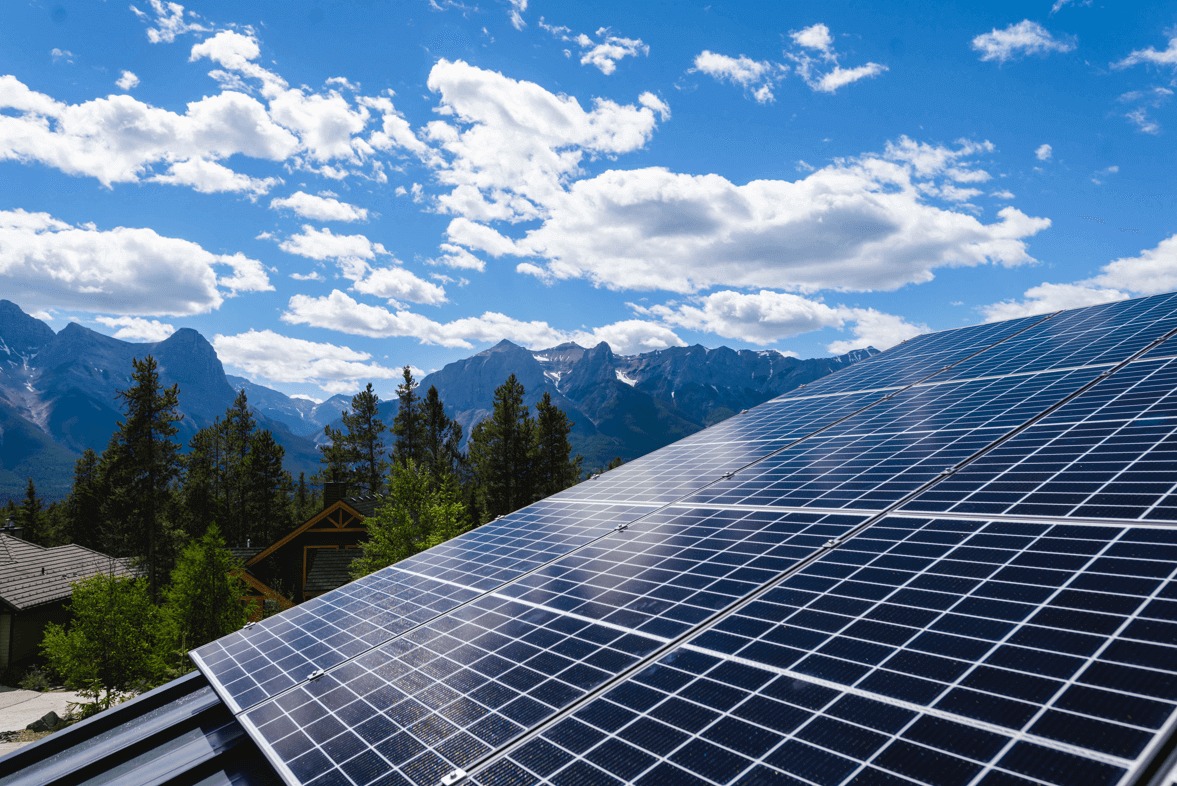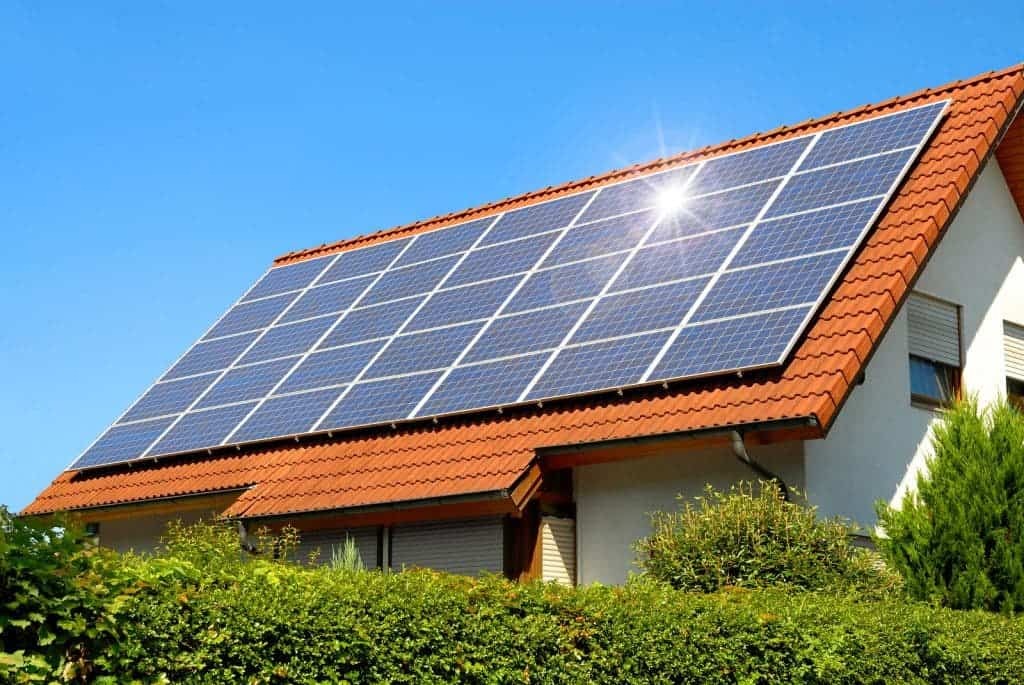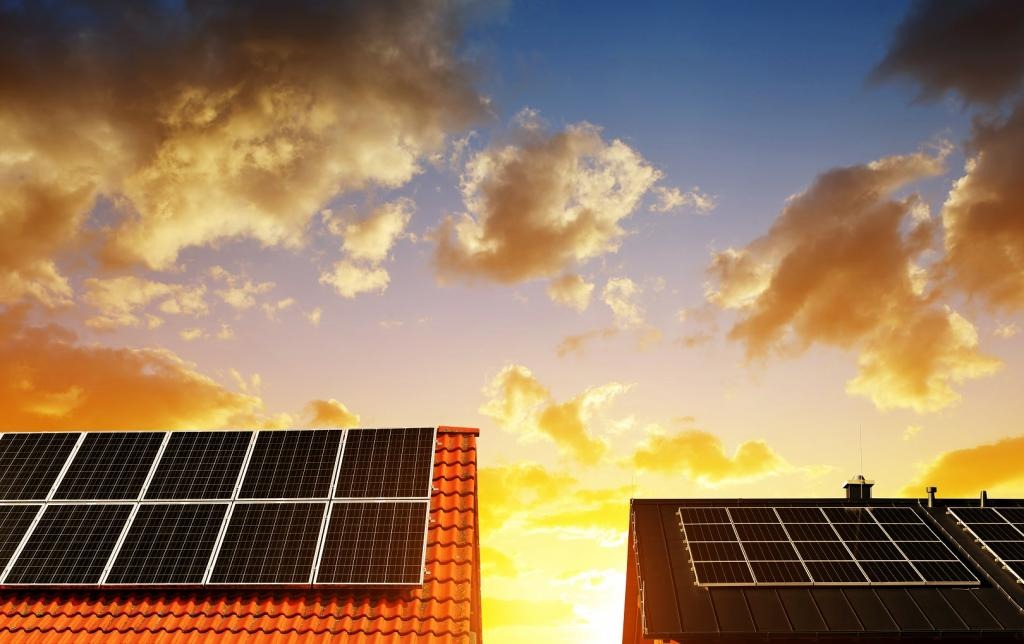Global Access To Clean Electricity
Solar energy expansion is a central force for democratizing access to and decreasing reliance on expensive and dirty electricity, especially in underdeveloped areas and remote regions. As an alternative relying on the sun, solar power is predictable and cost-effective in comparison to the high prices of fossil fuels. For instance, there are over 600 million individuals in sub-Saharan Africa who live without power. In these conditions, programs such as the World Bank and IFC initiative, “Lighting Africa” brought solar-powered lighting to millions and showed a viable way renewable energy benefiting lives. Not only are solar alternatives friendly to the environment, but they are also budget-saving, as they do not need physical and financial networks.
Energy Storage Technological Innovations
Because solar power’s generation depends on sunshine, energy storage technologies are vital for preventing power outages at night or during cloudy hours. Energy storage makes solar power generation economically feasible even off-grid. In this sense, new batteries reduce the costs of energy storage in the case of solar panels. The most striking case is that of Li-ion and flow batteries that are becoming less expensive. Cheaper batteries contribute to developing renewable energy, as it makes solar energy sustainable and suitable for continuous power supply in the absence of sunlight.
Industry Carbon Footprint
One of the aims of the ongoing climate change policy to reduce greenhouse gas emissions is the industry’s high energy demand leads to CO2 output. By switching to solar energy, many companies significantly decrease their carbon footprint. In this sense, Google and Apple have long been at the forefront of the solar revolution by building solar farms powering their facilities.
Economic Growth in Rural Areas
In many poor areas, renewable projects such as solar power drive job creation for communities far away from legacy job opportunities. Solar power project incentives employ people to install and maintain solar power systems. Facilitating employment in rural communities is significant, as poor areas often do not have the traditional jobs people typically use. Additionally, there is a bright side to employing renewable resources: many solar power systems are off the grid, meaning production does not need to be transported thousands of miles. Producing solar power at home is also often cheaper than the miles of production and transportation. Thus, local economy is another factor influencing investment in renewable energy.
Energy Security: Less Dependence on the Fuel Import
Given that many poor countries rely on imported fuel, becoming energy independent is an advantageous process. When these nations invest in substantial solar resources, they become less susceptible to fluctuations in the foreign energy market and a possible dependence on hostile governments. This aspect is essential to national security as well. Take for example the United States: the $7.5 billion investments in renewable projects such as solar energy limited the countries’ dependence on imported fuels. This example is not only about cutting on military security spending but also developing domestic industry and job opportunities.
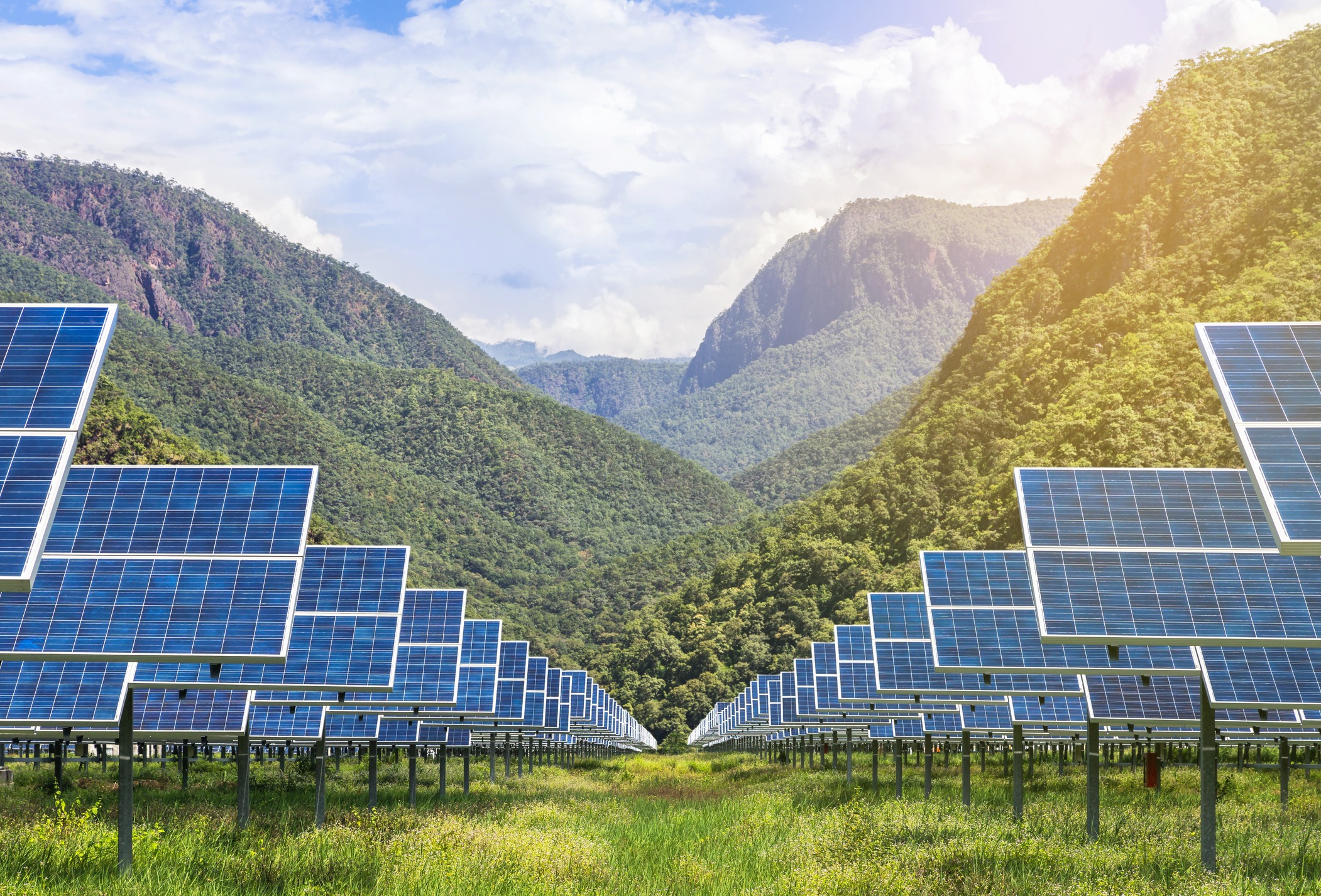
Sustainable Urban Development
Finally, solar energy is vital for sustainable urban development given that a growing percentage of global population lives in cities. Oasis in the cities’ heat, solar panels placed on the surfaces of buildings or incorporated into urban infrastructure is an excellent choice of clean energy production. Moreover, cities are notorious for the high levels of air pollution caused by concentration of oil-based transportation and coal and oil-based power production. Thus, the more cities expand, the more these negative aspects develop. Building solar panels and green building standards is not a panacea; however, they decrease urban heat by absolving the sunlight and by decreasing air pollution. Both of these aspects are crucial.
Energy Storage Innovation
Solar energy is greatly potentiated by the possibilities that new energy storage systems create. Many solar power projects failed to function properly since it was quite difficult to accumulate energy when the sun was shining. The technology to save some of the gathered electricity for later use is critical to the viability of solar energy as a primary source. Some progresses in this technological field are more significant than others.
Lithium-Ion Battery and its Cost
The first is the development of lithium-ion batteries. This technological implementation is not new and can be considered one of the Grundfos pumps types. However, this type of battery has become widely available and much cheaper over the last decade. The price is the critical factor since sufficient batteries to store large quantities of electricity would be prohibitively costly. As prices continue to decrease, an increasing number of households and companies’ solar energy systems are coupled with storage. The households could utilize solar panels to generate electricity during the day and store the excess that had not been consumed for night use. As a result of such a practice, bills are significantly reduced.
Flow Battery
Another significant breakthrough is the creation of flow batteries. They store the accumulated energy in a liquid electrolyte flowing through a cell to generate electricity. This battery would be both capable of storing enormous amounts of energy and would not diminish in its capacity over time due to having many charging-discharging routine cycles like solid types of batteries. This factor is extremely promising for grid-scale storage. There are also solutions that involve the so-called pumped hydro storage implemented with solar. Electricity is utilized to push up the prime energy stores of water, which can be released downstream to create electricity whenever there is a demand.
The latest example of innovation was made by the Tesla Company, which introduced the Powerwall – the home battery product storing the energy accumulated by solar panels. Many other companies have released similar products, which already makes the entire technology very popular among energy consumers. The combination of storage systems and other technologies posses the unique ability to facilitate effective energy use management practices.
Reduce Industrial Carbon Footprint
Solar energy is vital in helping industrial companies reduce their carbon footprints. This is a renewable and cleaner energy source. It is used in different sectors and is vital for industries, aligning with global sustainability goals.
Use of Solar power in Manufacturing
Companies use solar energy to power different manufacturing processes, starting with small assembly plants to large factories. One of the companies using renewable energy to reduce its carbon emission is Tesla. Its production plant is installed with one of the most substantial solar roofs, with a capacity of 70 Megawatts. According to the company, the Gigafactory is 100% powered by a massive solar roof. This reduces its carbon emissions from the plant’s operations.
Data Centers Use of Solar Power
Information centers in the tech industry use a significant amount of electricity. For such companies striving to be carbon neutral, renewable sources, particularly solar energy, are used to generate power for their data centers. Googles data centers have been entirely carbon-neutral from 2007. Google has continued to invest in solar energy and reaches power purchase agreements to cover its data centers use of electricity.
Mining and Existing Industries use of Solar Energy
Some companies in the mining and other energy-intensive industries have turned to solar power. Solar Energy is used to power traditional highly energy-demanding mining operations. At the BHP Billiton Olympic Dam site in Australia, the facility uses solar panels to generate electricity, projected at 125 MW in total, which then supplements the energy used at the plant. More and more industries are adopting this measure, which not only lowers emissions but is also cost-saving.
Case Studies
Different industries have reported significant reductions in carbon emissions after adopting solar energy use. The Bridgestone Tire Company has more than ten thousand solar panels, with the highest capacity in their plant in Aiken county, South Carolina. These solar panels generate above 2,000 megawatt-hours and cut the carbon dioxide emission at the plant by around 1,400 metric tons each year.
Rural Economic Growth
Solar energy has become one of the key driving forces of economic development in rural areas, bringing new ways to make a living, increasing the efficiency of agriculture, and helping people get rid of the use of expensive and unreliable sources of energy.
Solar Installations as Employment
In the case of the installation of solar panels, there is a significant employment opportunity for people in rural locations. For instance, a large solar farm typically employs several hundred people as temporary workers, and about a dozen as staff for the years of the farm’s existence. The Kamuthi Solar Power Project in Tamil Nadu, India, provides a poignant example of how large this employment potential is. The construction phase of the facility took several years and employed more than 2,500 people.
Improvement of Agricultural Techniques
Solar energy also alters the way farming is traditionally carried out. It powers equipment and water pumps used in agriculture, as well as irrigation systems wherever necessary. In the regions of sub-Saharan Africa and southwestern Asia, solar energy allows farmers to water their plants more efficiently, solely during the night, which provides for a much better crop and farm overall. In Kenya, small irrigation pumps driven by solar power are employed to water vegetable gardens. For the local farmers that depend on these gardens to both sustain themselves and to sell the surplus to buy other necessities, this situation created a double win.
Rural Electrification and Business Available
Solar power gives a possibility of rural electrification, which opens a wide range of business opportunities that were not present in the rural environment due to the lack of everything other businesses depend on, first of all – electricity. Rural shops can stay open for longer, and a new type of enterprise can be launched – that of charging stations for mobile phones and other devices. The Solar Home System Project in Bangladesh has already provided more than 4 million households with solar home systems, which not only allowed the households to thrive and launch many home-based businesses but also directly employed training officers and sales agents.
Energy Independence and Rural Betterment
Finally, solar energy allows rural communities to produce their own energy, which also means that they are no longer dependent on and have to rely on fossil fuels. It saves them money, keeps their economy stable, and away from the consequences of the fluctuation of fuel world prices. In the Brazilian Amazon region, rural settlements are making money and living more quality lives through using solar power to operate schools, health clinics, and community centers.
Energy Security and Independence
Solar energy plays an increasingly vital role in the strategies of the countries and regions that seek to strengthen their energy security and become less reliant on imported fuels. The initiative is motivated by the need to mitigate the associated risks of geopolitical constraints, price volatility and supply chain disruption, all of which are common features of the fossil fuel markets.
Diversification of Energy Sources
Solar technology is used to power the countries dependent on oil and gas imports. For example, Japan increased its investment in solar energy following the 2011 Fukushima nuclear disaster, even though only around 4% of the country’s electricity is sourced to nuclear power, and it imports 84% of its energy needs. This allows the country to reduce its reliance on imported energy and minimise its exposure to the corresponding risks.
Stable Energy Prices
Solar energy contributes to the stability of energy prices by providing a reliable and cheap alternative to the fossil fuels. The price of solar energy is durable in the long term because the cost of solar photovoltaic panels fell by over 80% since 2010, making the installations much cheaper for individual households, businesses, and utilities. The technology enables the countries to reduce their exposure to the highly volatile price of fossil fuels that can fluctuate by 75% over a single month. Solar energy offers a predictable energy source, as its price is projected to stay low for the next few decades.
Support of the National Security
The transition is supported by the governments and their policies because it enhances the national security. The role of solar energy is clearly defined in the US energy strategy, which aims to leverage it to advance the country’s energy security by achieving energy independence and not needing to rely on the imports of oil supplies, which account for 24% of the petroleum consumption in the United States. Some of the policy measures include the government’s backing of the scientific and industrial research, such as the 5-year fund awarded to the University of California, and the tax credit for installing the solar panels. The latter was extended under the longer-lasting measures that are considered the most federal action cleaner energy.
Improved Grid Resilience
Solar energy strengthens the resilience of the grid to the numerous disruptions. The distributed solar power systems work in conjunction with the centralised energy grids, which lessens the pressure on the existing grid and becomes a useful source of power in the case of its failure. The combination of solar panels and battery storage was recently instrumental to keep the homes and services running during the California wildfires, when certain parts of the grid failed, thus keeping hundreds of thousands of people with no electricity.
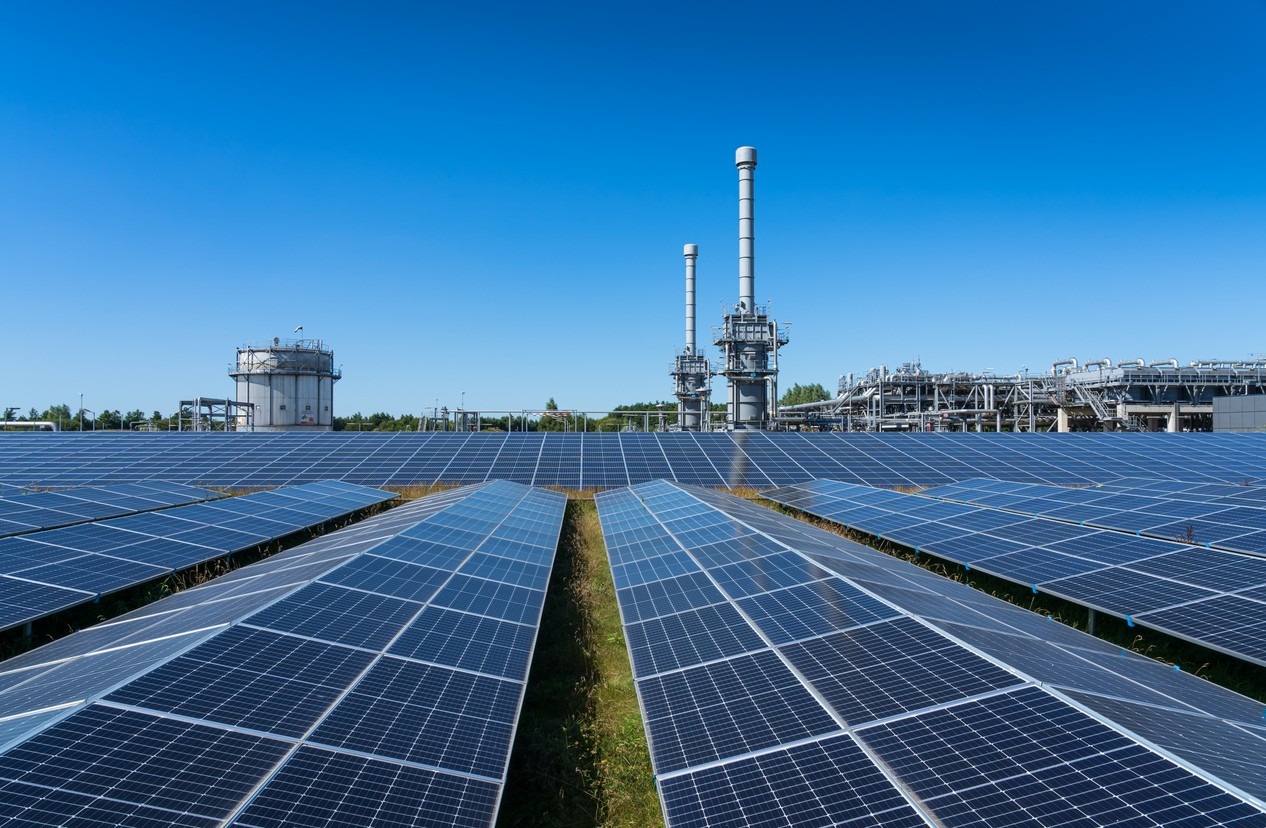
Sustainable Urban Development
Solar energy is nowadays widely regarded as an important part of the sustainable development of urban areas. It is a renewable and clean power source that correlates well with the environmental, economic, and social aspects of city sustainability.
Decreasing Urban Carbon Emissions
Cities worldwide serve among the primary sources of carbon emissions into the Earth’s atmosphere. Since urban areas are vastly dependent on carbon fuels, the transition to solar power with the use of solar panels results in a considerable decrease in carbon emissions. For example, New York City is currently implementing the policy of installing solar panels on the roofs of urban buildings and schools to lower the whole city’s emissions by 30 percent by 2030. Thus, solar energy serves as a valuable source that benefits the citizens’ environment and sets a new approach to be followed by other urban administrations.
Increasing the Role of Solar Energy in Green Building Practices
Due to the high interest among developers in green building mechanisms, which are based on national or international agreement criteria and involve lobbying and attractive leasing conditions, solar roofs have become an essential component of green buildings. Buildings installed with solar panels decrease the expenses and electricity consumption and improve their certification in green building standards. For instance, the aforementioned Wolfe tower building including the Salesforce building in San Francisco is supplied with a part of its energy needs by the solar batteries on its top, and it thereby possesses a Platinum LEED certification. High qualification certificates enhance the buildings’ value in the leasing market and lower the operational costs.
Increasing Energy Independence in Urban Environment
The use of solar panels helps cities decrease their dependence on remote power stations, which are connected to the main cities through long transmission lines, resulting in considerable losses. Moreover, central power stations possess fragile infrastructures that are interruptible. For example, the Amsterdam government encourages all residents and businesses to go solar.
Reducing Energy Consumption
Solar energy is one of the sources of creating “smart cities” which ensure the improvement of all mechanisms and functions. In this regard, Barcelona seems of interest to note. The device generates power to become a new generation streetlight, and additional micromechanics are loading the collected power while lighting the streets. They can work as the streetlight dimmer, as well as the mechanisms for regulating and measuring the traffic intensity and air pollution.

